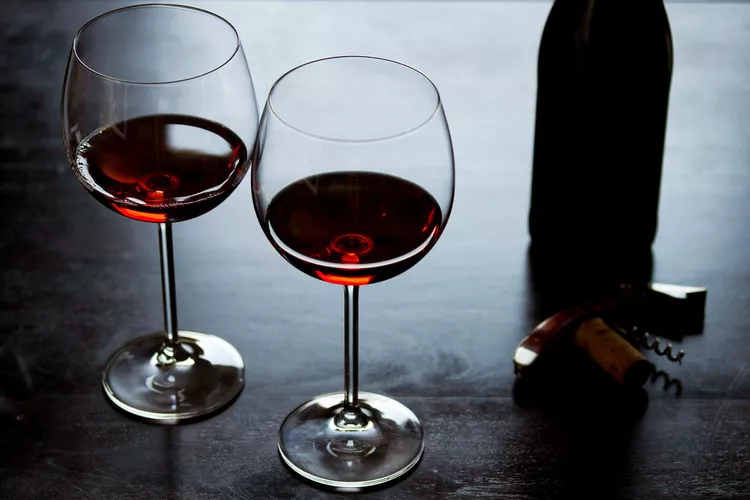Try this experiment:
- Pour two glasses of white, or go to your local wine bar. The first glass should be a Sauvignon Blanc from New Zealand, while the second should be a Chardonnay from Napa Valley.
- Try sipping the Sauvignon Blanc, and you’ll notice that the salivary glands in your jaw are firing off with vigor, making your mouth water.
- Take a sip from the Chard and note how your mouth is much less watery.
This is due to the acidity levels in each wine.
It’s said that white wine is built around acidity. Red wines have it too, but their structure is more based on tannins. Wines with insufficient acidity tend to taste flat, lacking energy. On the other hand, reds and wines with excessive acidity can be off-puttingly tart. Balance is critical in wine, as it is in life.
Grapes are naturally acidic. As with other fruits, grapes become more acidic and sweeter as the season progresses. Acids and sugars are usually in opposite proportions. This is why an unripe grape will be too sour (not enough sugar), and an overripe grape will be too sweet (too many sugars and not enough acids). The balance between acidity and sweetness in the fruit is often considered when picking decisions during harvest.
Acidity is a crucial component in pairing food and wine. Acidity, especially in white wines, can brighten up heavy meals. Just as you wouldn’t pair whole milk with fettuccine Alfredo, you would not pair that pasta with a rich oaky, buttery Chardonnay. You’d be better off with a fresher, more delicious wine. Pinot Grigio or Vernacchia would go well with butter, cream, and cheese. These wines will cleanse your palate and prepare you for the next meal.
Cooler serving temperatures can highlight the acidity of the wine. This is why lighter, more acidic wines (such as Pinot Noir in reds or Sauvignon Blanc in whites) are better served at a cooler temperature than their heavier and less mouthwatering counterparts. This is also why people prefer crisper white wines during the summer and richer reds in the fall and winter.
Acidity is crucial in wine pairings, no matter what you have in your glass.

